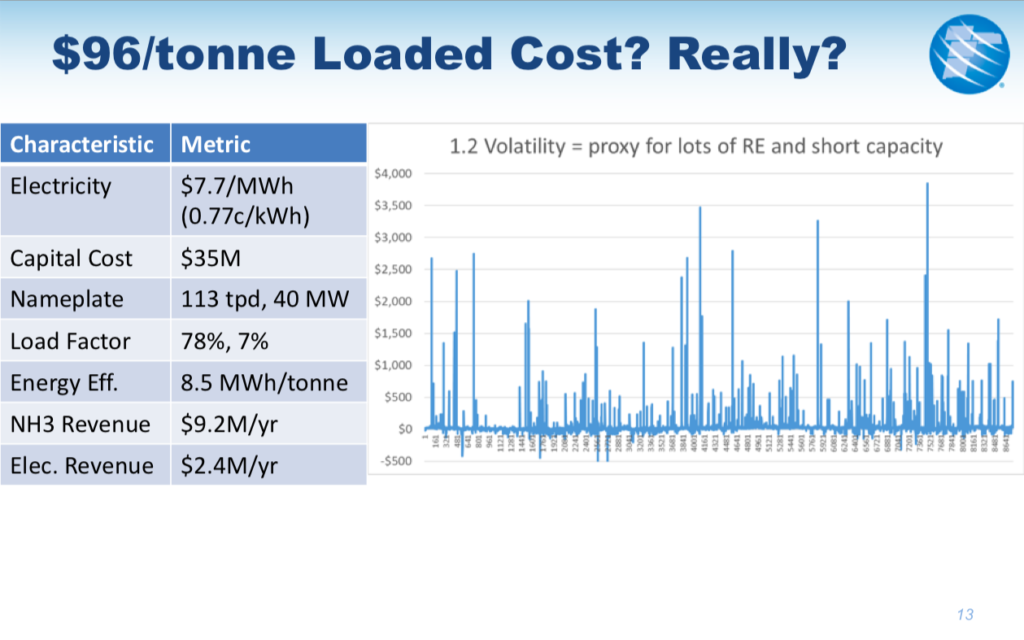Tri-State announces clean energy plan, retires coal assets
By Trevor Brown on January 16, 2020
Yesterday, Tri-State Generation & Transmission Association launched its “transformative” Responsible Energy Plan, which will “dramatically and rapidly advance the wholesale power supply cooperative’s clean energy portfolio.”
Tri-State’s clean energy transition significantly expands renewable energy generation, meaningfully reduces greenhouse gas emissions, extends the benefits of a clean grid to cooperative members, and will share more flexibility for self-generation with members, all while ensuring reliable, affordable and responsible electricity.
“We’re not just changing direction, we’re emerging as the leader of the energy transition,” said Duane Highley, Tri-State’s chief executive officer.
Tri-State press release, Tri-State announces transformative Responsible Energy Plan actions to advance cooperative clean energy, January 15, 2020
And last week, the utility announced the early retirement of its last coal-fired power plants, and a coal mine, in New Mexico and Colorado.
Closures will result in 100% reduction of coal emissions in Colorado and New Mexico while increasing Tri-State’s competitiveness with cleaner portfolio, stable rates.
Tri-State press release, Tri-State announces retirement of all coal generation in Colorado and New Mexico, January 9, 2020
These two announcements provide context for a presentation at the Ammonia Energy Conference in November 2019, entitled Market Integrated Ammonia. In this presentation, Shaun Tuyuri, responsible for Beneficial Electrification and Electric Utility R&D at Tri-State, analyzed the price impact of volatility due to increased penetration of intermittent renewables, in scenarios with and without “cheap batteries suppressing prices.” His conclusion — highly relevant for a utility that is closing its coal plants and increasing renewables to 50% by 2024 — is that in a wholesale electricity market with increased volatility, renewable ammonia could be produced at the extremely low cost of $96 per tonne.
The High Plains and Rocky Mountain regions of the United States have some of the best renewable energy resources in the world. As more non-dispatchable wind and solar generation is integrated into the power system, it is impacting wholesale power markets. Average wholesale electricity power prices are falling while their volatility is increasing. This creates opportunities for large flexible loads that are capable of consuming energy while prices are low and not consuming energy when prices are high.
Shaun Tuyuri, Green Ammonia Production Integrated into US Wholesale Power Markets, Ammonia Energy Conference, November 2019
